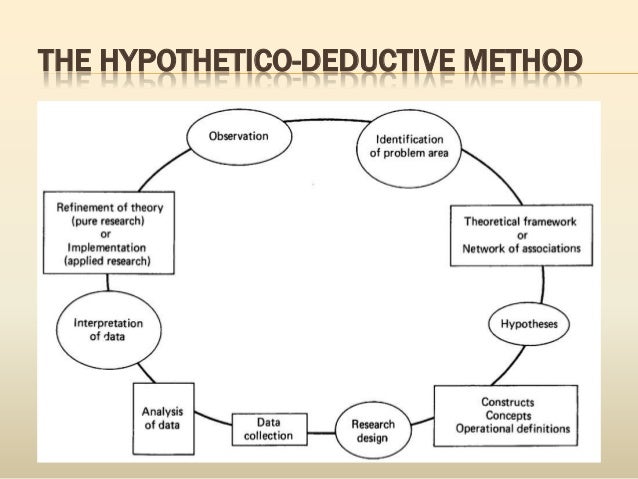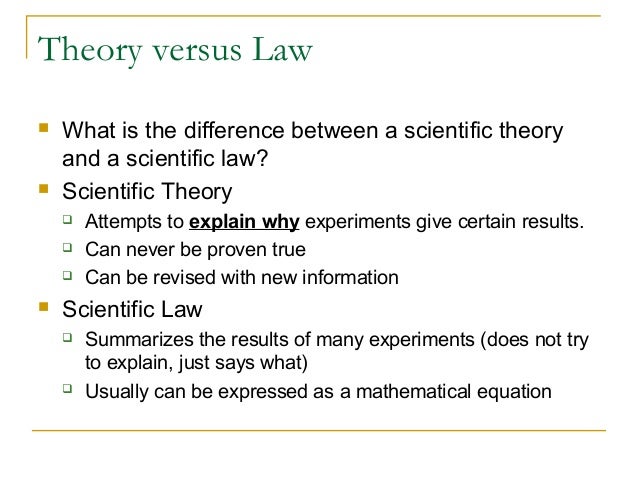Reflection

Based on the previous lesson, i have learned about observation and the importance of observation. The article above further elaborates on the importance of observation to a teacher. From what i have learned, i have concluded that observation is the contact of theory to the outside world. All observation in science is influenced by theory.
Theory rules that the observation must fit the theory according to the empiricist. Furthermore, it is also known that observation can be a useful evidence if it makes contact with a theory in some way ( it can be a proof or as a refutation ). An observation can be used in science if the observation is reliable. It has two aspects, first being the observation must be informative enough because it serves as justification of other claims. The observation must also be justified and certifiable. These features are a must for observations to be accountable and useful contributors to knowledge.
Anyone can notice interesting features of the image, but the process is only accountable only in light of the theories that describe how the image is formed. This accountability will give its license to contribute to knowledge. In the description of observation, the results must be about the objects of the theory. Theory is said to guide the description of observations. We also learned that observations in science are theory - laden. More is described in our online discussion platform below.

Learning artifacts :-
Article : Retrieved on 17/10/2015
Photo : retrieved on 17/10/2015
Online discussion platform : Retrieved on 17/10/2015
Photo : retrieved on 17/10/2015


 Furthermore, we also learned about internal and external virtues. Internal virtues are features that do not depend on observations for evaluation. It depends on the consistency of the claims in a theory. However, external virtues are dependent on the observation of the experiment that is carried out.
Furthermore, we also learned about internal and external virtues. Internal virtues are features that do not depend on observations for evaluation. It depends on the consistency of the claims in a theory. However, external virtues are dependent on the observation of the experiment that is carried out. 
